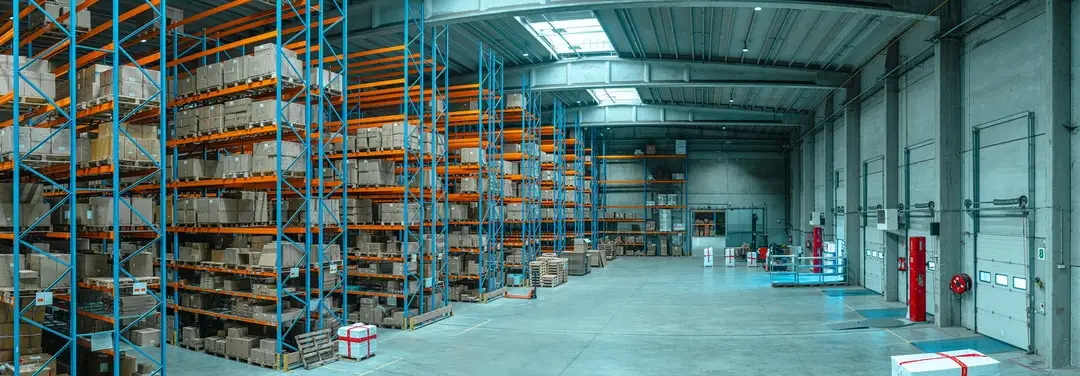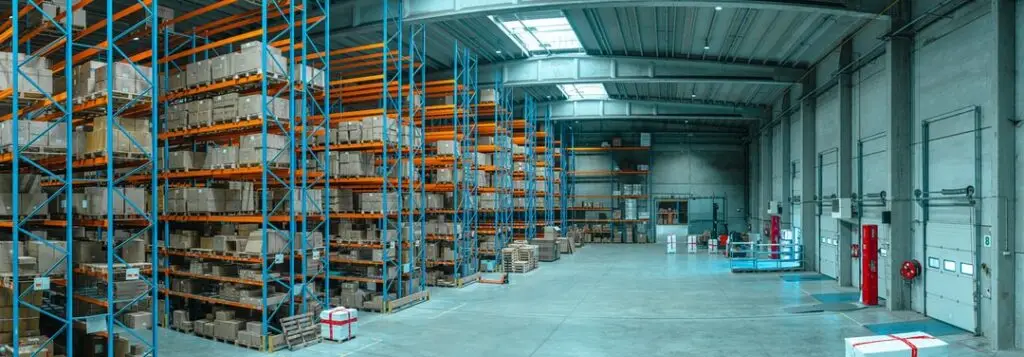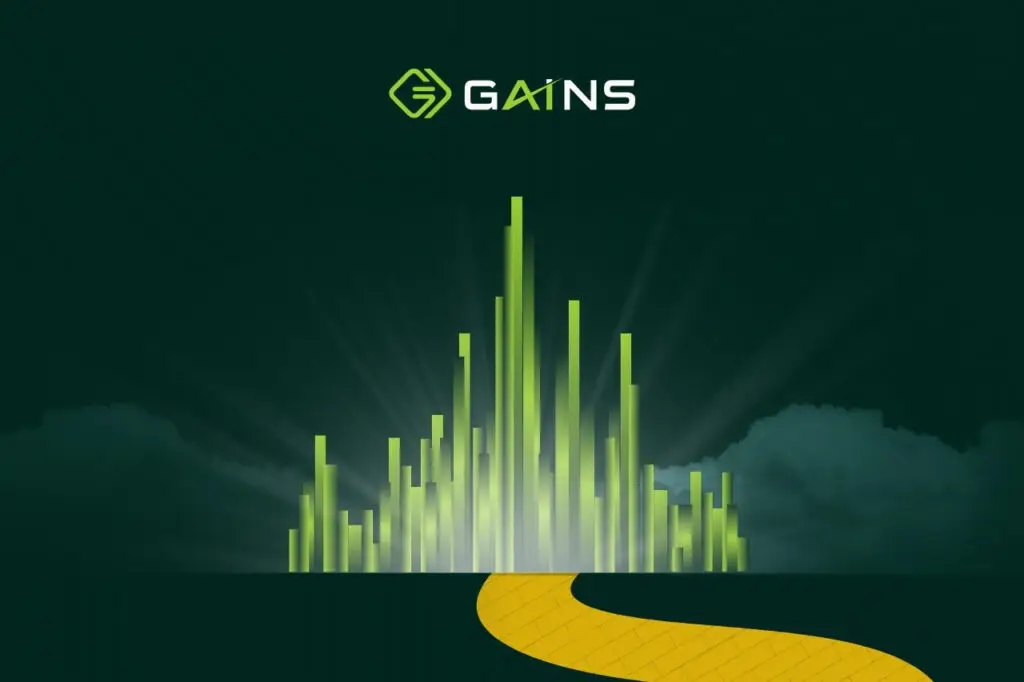Imagine if your procurement team knew when commodity prices would surge? Your enterprise would lock in favorable cost-saving contracts beforehand, while your competition absorbed the price shock.
Now, picture knowing with precision that future demand for your flagship product will jump 40%? This predictive insight would allow you to ramp production to capture every sale and increase customer satisfaction through timely product availability.
These scenarios are hypothetical, but could be your operational reality if you strategically maximize predictive analytics in supply chain management. This article explores the transformative potential of predictive analytics in supply chains and even covers practical implementation tips to help you maximize the potential of this technology in your operations.
What is Predictive Analytics in Supply Chain Management?
Predictive analytics in supply chains is the application of advanced data analysis techniques on historical and current data to forecast future market trends. The goal? To empower leadership teams to make proactive, informed decisions regarding inventory optimization.
It entails data collection (past and current), data preparation, and finally, using analytical methods like regression analysis and neural networks to identify patterns that help forecast future outcomes. Here are the three key technologies that make up predictive analytics models:
- AI-based Algorithms: Sometimes referred to as statistical modeling frameworks, machine learning algorithms are the mathematical engines that sift through supply chain data to identify patterns and make predictions. In other words, these advanced algorithms are the brain of any predictive inventory management framework.
- Unified Data Systems: These systems store the data needed for predictive analytics. They include traditional databases, data warehouses, and modern data lakes.
- Computing Infrastructure: These are the powerful servers, distribution systems, and GPUs/TPUs that provide the processing infrastructure necessary for machine learning models to crunch the data and make predictions.
Instead of simply reporting what happened last quarter, predictive analytics in healthcare supply chains tell you what’s likely to happen next quarter—and more importantly, what you can do about it now to optimize future outcomes.
Key Benefits of Using Predictive Analytics in Supply Chain
Explore the benefits of using predictive analytics in logistics and other key components of the supply chain below:
Improved Demand Forecasting
Predictive analytics systems take into account both historical and real-time data. Furthermore, these models consider an incredibly broad range of data points. For instance, the machine learning models simultaneously analyze internal sales history, promotional calendars, pricing changes, and inventory levels alongside external factors like economic indicators, social media sentiment, competitor actions, and even satellite imagery of retail parking lots.
These diverse data streams enable companies to uncover subtle demand patterns that a human supply chain leader would have otherwise missed. This allows supply chain leaders to anticipate shifts in customer behavior and market conditions with unmatched precision, leading to better production planning and resource allocation.
Enhanced Inventory Management
Predictive analytics models combine accurate demand forecasting with lead time variability to predict exactly how much to stock, where, and when. This enables supply chain managers to maintain optimal inventory levels. Consequently, they eliminate the risk of stockouts and carrying costs of excess inventory.
Predictive models also analyze every SKU’s velocity and shelf-life decay, predicting when each product unit is likely to be sold or reach expiry. These predictive insights empower operators to proactively mark down items nearing expiration or reroute them to high-velocity channels to avoid wastage.
Optimized Logistics and Delivery Routes
PA models process past and present traffic patterns, weather forecasts, delivery times, and vehicle capacity to generate optimal routes. These models also examine the historical and current supplier performance, enabling managers to identify the most reliable shipment partner.
When integrated into transportation management systems, they facilitate dynamic routing optimization based on real-time conditions like traffic congestion. Furthermore, load optimization algorithms analyze and identify backhaul opportunities to reduce empty miles. All these factors collectively promote timely deliveries and simultaneously reduce logistic costs.
End-to-End Visibility
Predictive systems integrate data across your entire supply network, creating a unified view of your supply chain. This enables better coordination between planning, procurement, production, and distribution functions, ensuring that decisions made in one area consider impacts across the entire chain.
How Predictive Analytics Helps Reduce Risk
Predictive analytics allows enterprises to analyze and proactively uncover risk-triggering patterns across the supply ecosystem. For instance, when it comes to inventory sourcing, predictive models will analyze and compare the performance of multiple suppliers and predict their efficiency.
You can compare their performance data, financial health indicators, and external factors affecting their operations. This then enables you to pinpoint a supplier most aligned with your needs. This supplier modeling scenario is one of many examples of predictive analytics in supply chains that demonstrate how it transforms risk from an uncontrollable threat into a manageable variable.
Simply put, predictive models reduce supply chain risks by facilitating proactive, data-driven decisions. These systems continuously monitor thousands of risk indicators across suppliers, demand patterns, market conditions, and external factors to provide early warning alerts. This foresight empowers teams to create contingency plans, activate backup suppliers, adjust safety stock, and modify operations before problems impact performance.
Implementing Predictive Analytics
The effectiveness of predictive analytics in your supply chain operations hinges on how well it’s implemented. Here are some pointers for successful implementation:
- Assess Current Supply Chain Needs: Evaluate your entire supply chain ecosystem to identify specific pain points where predictive analytics will deliver immediate value. Additionally, evaluate your current data landscape and address questions like, “What systems are generating supply chain data?” “How is this data currently stored and accessed?” “What is the quality and completeness of existing data?”
- Choose AI and Machine Learning Tools: The rise of AI has seen countless AI and machine learning tools flood the market. Each has unique capabilities and functions. Compare and contrast multiple tools to find the right fit for your organization. Prioritize composable platforms, such as GAINS, that integrate with your existing system while providing the modularity necessary for your supply chain optimization and scalability.
- Integrate Cloud Data Platforms: Predictive analytics requires unified, real-time data access. Cloud-based data platforms provide this access. As a result, they are an integral part of your tech stack if you hope to achieve true supply chain decision intelligence.
- IoT Training and Developing Analytics Teams: Deploy and configure Internet of Things (IoT) sensors at critical supply chain nodes for data generation. Remember, the data they generate is useless without contextual analysis. You’ll want to enlist and train a team of data scientists to build and refine predictive models, data engineers to maintain the data infrastructure, and business analysts to communicate findings to relevant parties.
Four Tips to Boost Efficiency with Predictive Analytics
Consider these tips to maximize operational efficiencies through supply chain predictive analytics:
- Start with high-impact use cases that demonstrate clear value and build your organizational expertise in predictive analytics.
- Integrate real-time data streams wherever possible to enhance model accuracy and responsiveness.
- Use predictive analytics to simulate various scenarios and their implications on supply chain performance to prepare for potential future obstacles and trends.
- Remember, predictive models become more accurate as they receive feedback on their predictions. Implement continuous learning mechanisms to improve model performance over time.
Common Challenges of Predictive Analytics and How to Overcome Them in Your Supply Chains
Even organizations with strong technical capabilities encounter challenges when implementing a predictive supply chain planner. Some of these challenges include:
Data Quality Issues
Establish data governance processes that standardize formats, validate accuracy, and maintain completeness across all source systems. Also, perform regular data audits, and enlist specific individuals for data maintenance to ensure accountability.
Legacy System Integration
Many organizations operate supply chain systems implemented years ago and weren’t designed for modern analytics requirements. This makes implementation pretty tricky.
Thankfully, this is a challenge you can overcome with a composable decision engineering and orchestration (DEO) platform like GAINS. GAINS offers 100+ API connectivity options and boasts a composable architecture that allows you to implement predictive analytics incrementally to minimize disruptions and maximize benefits.
Data Privacy and Security Issues
Supply chain operations involve sensitive competitive information, customer data, and supplier relationships that require careful protection. As you collect more of this data, your organization’s risk of data breaches and other cyberattacks increases due to the increased surface attack area.
To avoid these issues, collect only the data that is necessary. Implement strong encryption and establish role-based access control. Conduct regular due diligence on all supply chain partners and technology vendors to assess their security posture.
Next Steps with GAINS: Making Predictive Analytics Work for You
Predictive analytics allows you to build a supply ecosystem so resilient that the ever-evolving disruptions defining modern supply chains can’t derail it. But as mentioned, your predictive analytics efforts are only as good as the technologies you use. GAINS AI-powered supply chain platform provides the solutions you need to engineer a powerful predictive analytics system.
Our platform boasts features like composability and Agentic AI that allow you to deploy only the necessary predictive capabilities. DEO helps you turn insights into actions across your tech stack.
Request a demo today to explore how GAINS can help you maximize supply chain efficiency.



